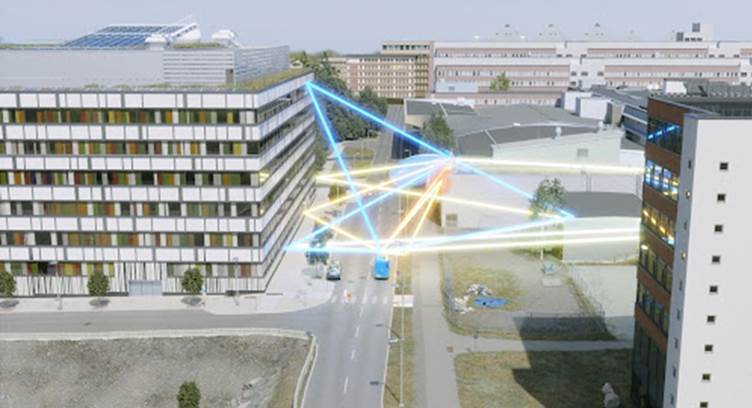Ericsson is combining decades of its radio network simulation expertise with NVIDIA Omniverse Enterprise, a real-time virtual world simulation and collaboration platform for 3D workflows, according to a blog post by Richard Kerris, VP Omniverse Platform Development at NVIDIA.
In NVIDIA Omniverse, Ericsson is building city-scale digital twins to help accurately simulate the interplay between 5G cells and the environment for maximum performance and coverage. The rollout of 5G networks is creating new challenges, and with over 15 million microcells and towers to be deployed globally by network operators over the next five years, it’s no small undertaking.
Without a digital-twin approach, the interaction between radio transmitters, the environment, and humans and devices that are on the move had to be understood with less detail. And many features had to be field tested only after the networks were already built.
Ericsson and NVIDIA entered a strategic partnership in 2019 with the goal of cross-pollinating technologies and challenges between their respective domains.
The NVIDIA Omniverse platform provides key technologies that allow Ericsson to accurately model network performance across dynamic environmental elements. NVIDIA RTX-accelerated real-time ray tracing allows researchers to see precise representations of signal quality at every point in the city, in real time, which wasn’t possible before. This means Ericsson can experiment with its telecom products such as beam-forming and explore their impact interactively and instantaneously.
Germán Ceballos, a researcher at Ericsson
Before Omniverse, coverage and capacity of networks was analyzed by simplifying many aspects of the complex interactions, such as the physical phenomena and mobility aspects. Now we’ll be able to simulate network deployments and features in a highly detailed scale using Omniverse.




















